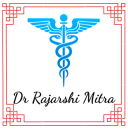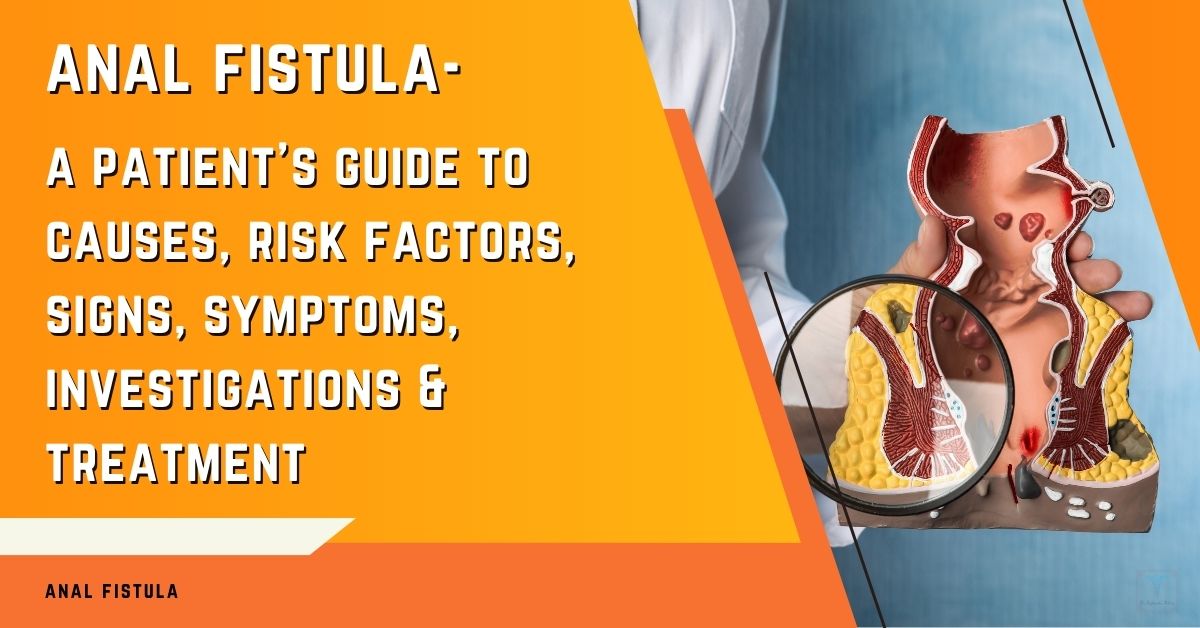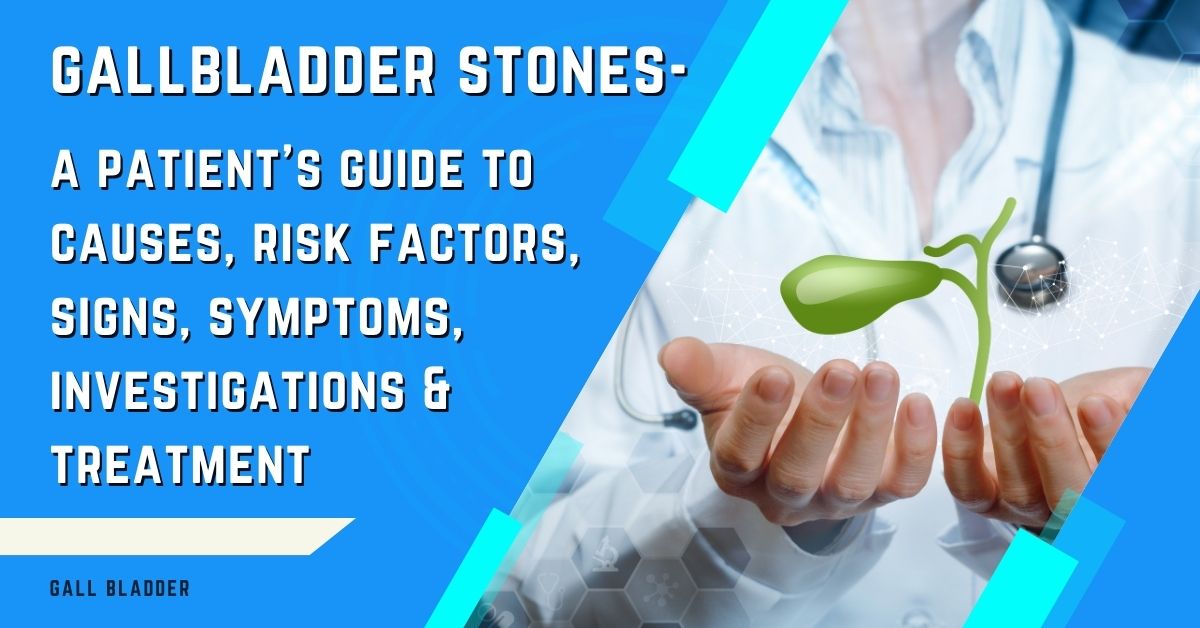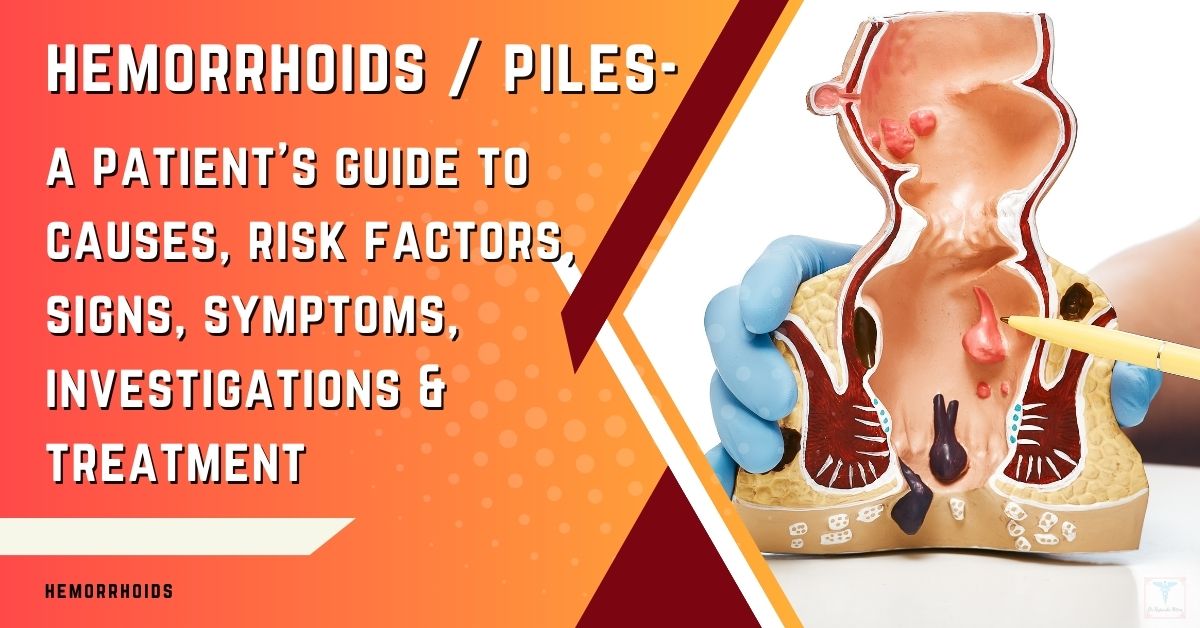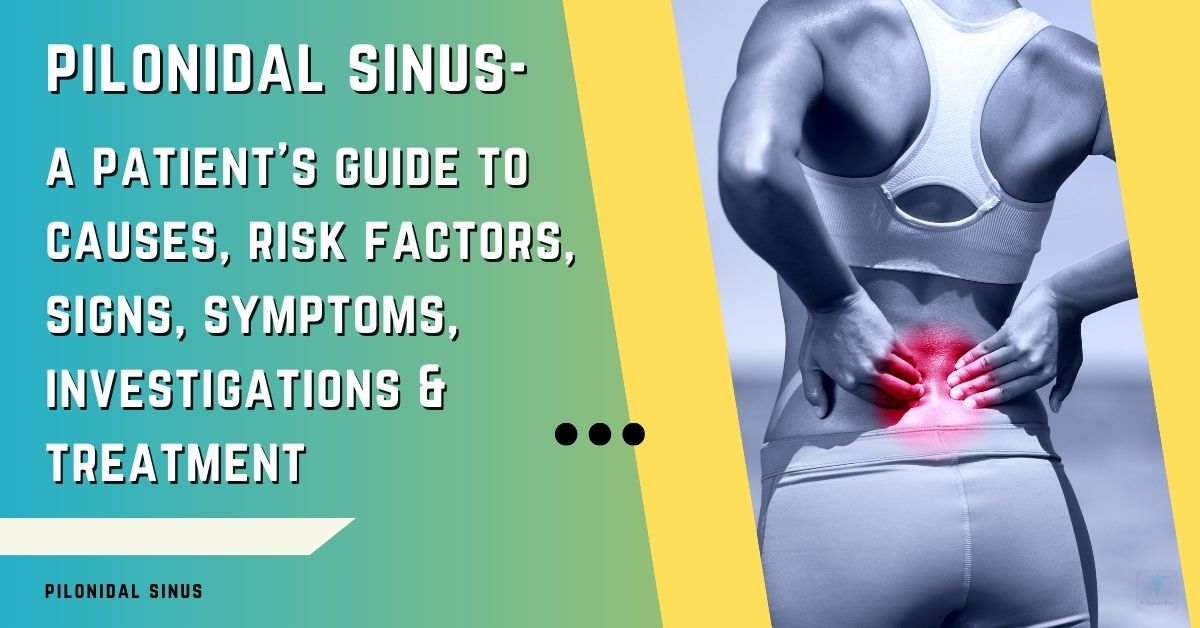Are you experiencing gallbladder pain and wondering if it’s a minor discomfort or a sign of something serious? This article, written by a leading laparoscopic surgeon, will guide you through the key differences between common and severe gallbladder pain, helping you understand the various symptoms and when it’s crucial to seek immediate medical attention. You’ll discover the potential causes, how to recognize the warning signs, and what treatment options are available. Gain the knowledge you need to manage your gallbladder health and know when to consult a specialist.
Gallbladder Pain
Understanding the Gallbladder and its Function
The gallbladder, a small pear-shaped organ located beneath the liver in the upper right abdomen, plays a vital role in the digestive process. Although it is not essential for life, its proper function contributes significantly to comfortable digestion, especially of fats. Understanding the gallbladder’s role can help you comprehend why problems in this organ can cause a range of symptoms, most notably, abdominal pain.
The Role of Bile and Digestion
The primary function of the gallbladder is to store and concentrate bile, a greenish-brown fluid produced by the liver. Bile is crucial in the digestion of fats. When you consume a meal, especially one high in fat, the gallbladder contracts and releases bile into the small intestine. Here, bile emulsifies fats, breaking them down into smaller droplets, which are then easier for your body to absorb. This process is critical for nutrient uptake and overall digestive health.
What Causes Gallbladder Problems?
Gallbladder problems most often occur when bile flow is obstructed or when there is inflammation of the gallbladder. The most common cause of such issues is the presence of gallstones, which are hardened deposits of digestive fluid that can form in the gallbladder. These stones can range from the size of a grain of sand to that of a golf ball.
Other causes include biliary sludge (a thick mixture of bile and other substances), infections, and, in rare instances, tumors. These conditions can impede the normal function of the gallbladder and can lead to various symptoms, particularly pain.
The Spectrum of Gallbladder Pain: From Mild to Severe
Gallbladder pain is not a monolithic experience. It can range from mild, intermittent discomfort to severe, debilitating pain that requires immediate medical intervention. The severity of pain is often a reflection of the underlying issue and the degree of disruption in the gallbladder’s function.
The pain may also change over time, starting as mild and progressing into severe if the underlying cause worsens. It’s essential to recognize the spectrum of pain to differentiate between a common issue that can be managed with dietary changes and conservative treatment, and a more serious underlying issue.
Why Differentiating Pain Levels is Crucial
Being able to differentiate between common and severe gallbladder pain is essential for a variety of reasons. It allows you to understand when lifestyle adjustments are adequate, and when professional medical intervention is necessary. While mild, intermittent pain might suggest a functional issue or small gallstones, severe pain can be an indicator of acute inflammation or obstruction, requiring prompt medical attention. Early recognition of severe symptoms ensures that you seek timely treatment, preventing possible complications such as infection, gallbladder perforation, and other serious issues.
Common Gallbladder Pain: What to Expect

Characteristics of Common Gallbladder Pain
Common gallbladder pain is usually not an emergency but can be uncomfortable and concerning. It often occurs due to minor issues with gallbladder function or the presence of small gallstones. Recognizing its characteristics can help you differentiate it from more severe pain.
Location of Common Pain
Typically felt in the upper right abdomen, below the rib cage.
May sometimes be felt in the upper middle abdomen (epigastric area) or radiate to the back, specifically the right shoulder blade.
Intensity and Description of the Pain
Often described as a dull ache, pressure, or a mild cramping sensation.
The pain can be intermittent, coming and going, rather than being constant.
Usually, it’s not severe enough to require a visit to the emergency room.
Timing of Common Pain
Frequently occurs after meals, particularly those high in fat.
The pain can begin within 30 minutes to a few hours after eating.
May be more noticeable at night or when lying down.
Potential Causes of Common Gallbladder Pain
Several factors can contribute to common gallbladder pain. Here are some of the most frequent:
Mild Gallstones
Small gallstones that do not fully block the bile duct might cause discomfort as they move within the gallbladder.
The pain can come and go as the stones shift position.
Biliary Sludge
A thick mixture of bile, cholesterol, and other substances that can accumulate in the gallbladder.
This sludge can impede bile flow and cause mild pain.
Functional Gallbladder Issues
Sometimes, the gallbladder doesn’t empty correctly, even without stones.
This can result in a sensation of fullness, bloating, and mild discomfort.
How Long Does Common Gallbladder Pain Last?
The duration of common gallbladder pain can vary greatly. It might last from a few minutes to several hours. The pain episodes usually come and go, depending on the trigger, often associated with meals. If it persists for an unusual length of time or starts to increase in intensity, it’s important to seek medical evaluation.
When Common Pain Needs Medical Evaluation
Although common gallbladder pain is usually not an emergency, it’s still important to seek medical advice if:
- The pain is persistent, lasting for more than a few hours or is frequently recurring.
- The pain intensity increases over time.
- You notice any other symptoms such as nausea, vomiting, bloating, or indigestion along with the pain.
- You are unsure about the nature of the pain.
- If you develop any new symptoms such as fever, chills or jaundice.
A medical evaluation can help determine the cause of your pain and rule out any serious underlying conditions that may be masquerading as “common” gallbladder pain.
Severe Gallbladder Pain: Recognizing the Warning Signs

Characteristics of Severe Gallbladder Pain
Severe gallbladder pain is a sign that there may be a serious underlying problem. Unlike common gallbladder pain, it typically requires immediate medical attention. Recognizing the distinguishing characteristics is critical for prompt diagnosis and treatment.
Location of Severe Pain
Usually located in the upper right abdomen, often more intense than common gallbladder pain.
The pain may radiate to the back, right shoulder, or chest.
It can be difficult to pinpoint the exact origin of the pain due to its intensity and spread.
Intensity and Description of the Pain
Described as sharp, excruciating, or stabbing pain.
The pain is typically persistent and does not subside with changes in position.
It is often severe enough to interfere with daily activities and may require pain medication for relief.
Timing of Severe Pain
Often constant rather than intermittent, the pain is not necessarily related to meals.
The pain may begin suddenly and persist over several hours, days, or even longer.
Unlike common pain, the timing of this pain is not predictable or related to digestion.
Associated Symptoms
- Fever: A high temperature often indicates infection.
- Nausea and Vomiting: These are common alongside severe pain.
- Jaundice: Yellowing of the skin and eyes, indicating a blockage in the bile ducts.
- Chills: These often accompany fever.
- Dark Urine and Pale Stools: Signs that bile is not flowing correctly.
Potential Causes of Severe Gallbladder Pain
Severe gallbladder pain is frequently linked to significant gallbladder issues:
Acute Cholecystitis (Inflamed Gallbladder)
Inflammation of the gallbladder, usually caused by gallstones blocking the cystic duct.
This condition requires medical intervention to prevent further complications.
You can learn more about Gallbladder Disease at the Mayo Clinic website.
Choledocholithiasis (Gallstones in the Bile Duct)
Gallstones that have moved out of the gallbladder and are blocking the common bile duct.
This blockage can cause a backup of bile and cause severe pain and jaundice.
Cholangitis (Infection of the Bile Duct)
Bacterial infection of the bile ducts, often caused by gallstone obstruction.
This is a severe condition that can be life-threatening without prompt treatment.
Gallbladder Perforation or Rupture
A rare but life-threatening condition where the gallbladder ruptures.
This can cause peritonitis, a severe infection of the abdominal cavity.
Why Severe Pain Requires Immediate Medical Attention
Severe gallbladder pain should never be ignored.
Here’s why immediate medical attention is critical:
- Risk of Complications: Severe pain can be a sign of serious complications such as infection, gallbladder rupture, and bile duct obstruction which can lead to life-threatening conditions.
- Prevent Organ Damage: Delaying treatment can lead to damage of the gallbladder and surrounding tissues.
- Prompt Treatment: Immediate treatment can often resolve the underlying issue, relieve pain and prevent further complications.
- Diagnosis and Intervention: Early evaluation by medical professionals can help in quickly and accurately diagnosing the condition to recommend prompt intervention if needed.
Diagnosing Gallbladder Problems
Patient History and Physical Exam
The diagnostic process for gallbladder problems usually begins with a detailed patient history and physical examination. This initial step is crucial in determining the potential causes of gallbladder pain.
Patient History:
Detailed questions about your symptoms: Onset, location, severity, and duration of pain.
Information about associated symptoms: Nausea, vomiting, fever, jaundice, or changes in bowel habits.
Your medical history, including any previous gallstone issues or related conditions.
A record of your dietary habits and any triggers that seem to worsen the symptoms.
Physical Exam:
Palpation of the abdomen to check for tenderness, especially in the upper right quadrant.
Assessment for signs of jaundice.
Evaluation for signs of fever or any other abnormalities.
Imaging Tests
Imaging tests are essential for visualizing the gallbladder and surrounding structures to identify any abnormalities.
Ultrasound of the Abdomen
A non-invasive test that uses sound waves to create images of the gallbladder.
Highly effective in detecting gallstones and assessing the size of the gallbladder wall.
Can identify signs of gallbladder inflammation.
CT Scan
Uses Computerised X-rays to create detailed images of the abdominal organs.
Helpful in diagnosing complications like gallbladder perforation or inflammation of surrounding organs.
HIDA Scan (Hepatobiliary Iminodiacetic Acid Scan)
Uses a radioactive tracer to assess gallbladder function and bile flow.
Helpful in diagnosing conditions like biliary dyskinesia (when the gallbladder doesn’t empty correctly).
MRI (Magnetic Resonance Imaging)
Uses magnetic fields and radio waves to create detailed images of the gallbladder and bile ducts.
Particularly useful in identifying blockages or abnormalities in the bile ducts.
Blood Tests
Blood tests play a vital role in assessing the overall health and detecting signs of inflammation or infection.
Liver Function Tests (LFTs)
Measures the levels of liver enzymes and bilirubin in the blood.
Abnormal LFTs may indicate bile duct blockage or liver involvement.
White Blood Cell Count
An elevated white blood cell count can suggest an infection.
When is a Laparoscopic Cholecystectomy recommended?
Laparoscopic cholecystectomy, or minimally invasive gallbladder removal, may be recommended if:
You have recurrent gallbladder attacks.
Your gallbladder pain is severe and significantly impacting your quality of life.
Imaging tests show gallstones or signs of gallbladder inflammation.
There is evidence of a blockage in the bile ducts.
There is a concern about the possibility of complications such as infection, or gallbladder rupture.
Treatment Options for Gallbladder Pain
Treatment of Common Gallbladder Pain
Common gallbladder pain can often be managed with conservative treatments and lifestyle adjustments.
Dietary Modifications
- Low-Fat Diet: Reducing fat intake can decrease the workload on the gallbladder, reducing pain episodes.
- Avoid Trigger Foods: Identifying and avoiding foods that trigger pain (e.g., fried foods, high-fat dairy) can help manage symptoms.
- Smaller, More Frequent Meals: Eating smaller portions can prevent overstimulation of the gallbladder.
- Increased Fiber Intake: Adequate fiber helps with digestion and may prevent the formation of gallstones.
Pain Medication
- Over-the-Counter Pain Relievers: Non-steroidal anti-inflammatory drugs (NSAIDs) like ibuprofen or acetaminophen may relieve mild pain.
- Antispasmodics: Medications to relax the muscles in the gallbladder may be recommended if the pain is related to spasms.
- Prescription Pain Medication: If over the counter medications do not help with the pain, then your doctor may prescribe stronger pain medication.
Treatment of Severe Gallbladder Pain
Severe gallbladder pain typically requires more aggressive treatment, often involving hospitalization and surgical intervention.
Antibiotics
Used to treat bacterial infections such as acute cholecystitis or cholangitis.
Administered intravenously to quickly combat infection.
Endoscopic Procedures (ERCP – Endoscopic Retrograde Cholangiopancreatography)
Used to remove gallstones that are blocking the bile duct.
Involves inserting a scope through the mouth to access the bile duct and remove stones.
Can also be used to place a stent to keep the bile duct open and allow bile to flow freely.
Laparoscopic Cholecystectomy (Gallbladder Removal)
A minimally invasive surgical procedure to remove the gallbladder.
Considered the gold standard for treating symptomatic gallstones, acute cholecystitis, and recurrent gallbladder issues.
Typically involves small incisions and a quicker recovery time compared to traditional open surgery.
Open Cholecystectomy
Is done in cases where Laparoscopic approach may be challenging such as in cases with severe inflammation, severe adhesions from previous surgeries or other anatomical reasons.
Recovery After Gallbladder Treatment
Recovery varies depending on the treatment method.
Conservative Treatment:
Dietary modifications and medication can help manage symptoms.
Regular follow-ups are needed to monitor the condition.
Laparoscopic Cholecystectomy:
Most patients can return home within 1-2 days.
Complete recovery usually takes about a week, depending on individual progress.
Activity is to be restricted for a period of time and gradually increased as per tolerance.
Open Cholecystectomy:
Patients typically require a slightly longer hospital stay, usually 3-5 days.
Recovery may take 4-6 weeks, with gradual increase in activity, as per tolerance.
When to Seek Emergency Care
Key Symptoms That Require Immediate Medical Attention
It is important to recognize the signs and symptoms that indicate a gallbladder emergency. Seeking immediate medical care can prevent serious complications and even save lives.
Here are some key symptoms that warrant an immediate visit to the emergency room:
Severe, Unrelenting Abdominal Pain:
Intense, sharp, or stabbing pain in the upper right abdomen that does not subside.
Pain that is constant and not relieved by over-the-counter medications.
Pain that is escalating in intensity over time.
High Fever:
A temperature of 100.4°F (38°C) or higher accompanied by chills.
Fever suggests a serious infection such as acute cholecystitis or cholangitis.
Jaundice:
Yellowing of the skin and whites of the eyes.
Indicates a blockage in the bile ducts and requires immediate attention.
Nausea and Vomiting:
Persistent nausea and vomiting that prevent you from keeping down food or fluids.
Especially if accompanied by severe abdominal pain.
Signs of Infection:
Fever, chills, or a general feeling of malaise.
Swelling or redness around the abdomen.
Change in Urine and Stool Colour:
Dark coloured urine and pale coloured stools.
Indicates an obstruction in the bile duct.
Mental Confusion or Dizziness:
Changes in mental status, confusion or feeling faint or dizzy.
These symptoms can indicate a severe infection or organ dysfunction.
Rapid Heart Rate:
An unusually fast or irregular heartbeat.
Can suggest the presence of systemic illness and shock.
If you experience any of these symptoms, it is critical to seek medical attention immediately. Do not delay in seeing a healthcare professional because early intervention can make a significant difference in your outcome.
Empowering You to Manage Gallbladder Health
Summary of Key Differences
Understanding the difference between common and severe gallbladder pain is essential for effective management and timely intervention.
Common gallbladder pain is typically mild, intermittent, and often related to meals.
Severe gallbladder pain, on the other hand, is usually intense, persistent, and may be accompanied by additional symptoms such as fever, jaundice, or nausea.
Recognizing these key differences is crucial in determining whether conservative management at home is appropriate, or whether immediate medical attention is necessary.
The Importance of a Timely Medical Evaluation
While common gallbladder pain can sometimes be managed with dietary changes and over-the-counter medications, it is vital not to ignore any signs of worsening symptoms. If you experience persistent, increasing, or severe pain, you should seek a professional medical evaluation. Timely diagnosis and treatment can help in preventing complications and significantly improving your overall health.
Remember that any pain that is associated with fever, jaundice, nausea or vomiting, is a warning sign and requires medical attention.
About the Author (Dr. Rajarshi Mitra, FACS)
Brief Professional Biography and Credentials
Dr. Rajarshi Mitra is a highly experienced and respected laparoscopic surgeon based in Abu Dhabi, UAE. With more than 20 years of active surgical practice, Dr. Mitra has established himself as an expert in minimally invasive surgical techniques, with a particular focus on gallbladder and biliary diseases.
Dr. Mitra is a Fellow of the American College of Surgeons (FACS), a prestigious recognition of his surgical competence and commitment to patient care. He is committed to providing the highest standards of care to his patients and is adept at both routine and complex laparoscopic surgical procedures. His expertise also extends to other areas including hernia repair and appendectomy. He emphasizes a patient-centric approach, ensuring that his patients are well informed and comfortable with their treatment plans.
Contact Details and Practice Information
If you are experiencing symptoms of gallbladder issues, you can book an appointment with Dr. Mitra for expert consultation and care, using the following contact information:
Website: https://drrajarshimitra.com/appointment/
Phone: +971-509542791
Email: surgeon@drrajarshimitra.com
Address: https://openmylink.in/CAubp
NMC Specialty Hospital, Department of Surgery, Zayed The First St – Zone 1 – Abu Dhabi – United Arab Emirates.
By Dr. Rajarshi Mitra, Specialist Laparoscopic Surgeon, Abu Dhabi, UAE
Disclaimer: This article is intended for informational purposes only and should not be considered medical advice. Always consult with a qualified healthcare professional for diagnosis and treatment.
References:
National Institute of Diabetes and Digestive and Kidney Diseases (NIDDK): Gallstones
Mayo Clinic: Gallbladder Disease
Cleveland Clinic: Gallbladder Problems
